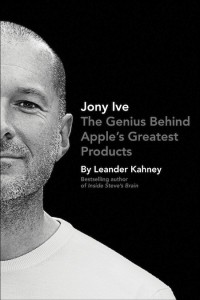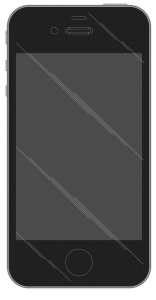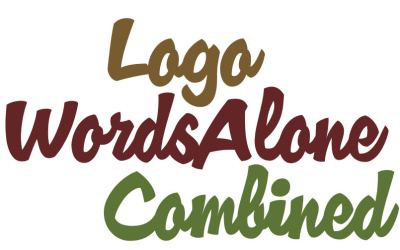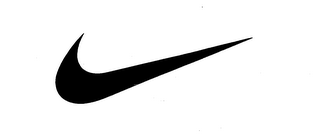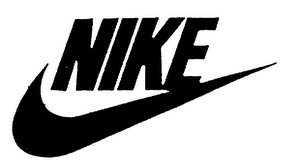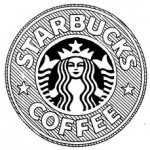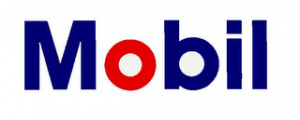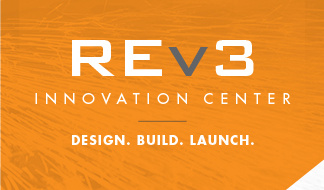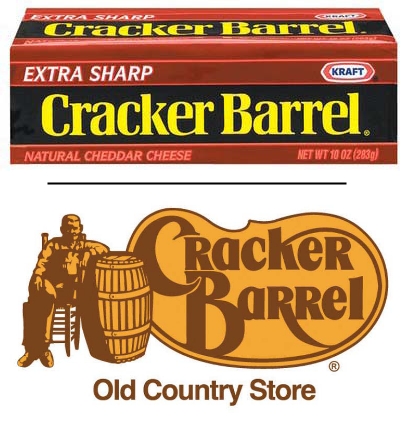 A client arrives at your law office and wants to start a company and form a corporation or LLC. Your client had a company name in mind. You search the Secretary of State records for other companies with the same or similar name and find nothing. You also search the state trademark database and find nothing. You prepare an engagement agreement for the work of forming the corporation. Is your client in the clear to use the name? Not necessarily.
A client arrives at your law office and wants to start a company and form a corporation or LLC. Your client had a company name in mind. You search the Secretary of State records for other companies with the same or similar name and find nothing. You also search the state trademark database and find nothing. You prepare an engagement agreement for the work of forming the corporation. Is your client in the clear to use the name? Not necessarily.
The formation of almost every company implicates trademark law. Every new company needs a name. That name will often be used with the relevant group of purchasers or suppliers. Therefore, in addition to counseling on whether the chosen name is protectable as a strong trademark, an attorney’s process forming a corporation, LLC, or other entity should include a trademark search or an informed waiver by the client of the trademark search. Below I explain the reasons why a search or waiver is necessary and provide an example client waiver.
Searching Secretary of State Corporate Records is Insufficient
Searching the corporate, LLC, and DBA records of the relevant secretary of state is not enough. Trademark rights, e.g. the right to use a name or other indicia to identify a source of goods or services, is controlled by federal law under the Lanham Act. As federal law trumps state law, approval of the name of the new corporation by the Secretary of State cannot be used to defend against claims of trademark infringement. The decision of the secretary of state does not authorize your client to use a name, if that name would infringe a third party’s prior trademark rights.
Obtaining a State Trademark is Insufficient
Moreover, an Illinois state trademark registration provide few benefits because they are subordinate to federal and common law trademark rights. Burger King of Florida Inc. v. Hoots, 403 F.2d 904 (7th Cir. 1968) demonstrated that an Illinois state trademark registrations is subordinate to a federal trademark registration. Steak & Brew Inc. v. Beef & Brew Restaurant, Inc., 370 Supp. 1030 (S.D.Ill. 1974) demonstrated that an Illinois state trademark registration does not grant the owner rights throughout the state. Therefore obtaining a Illinois state trademark will not insulate your client from claims of trademark infringement.
Searching USPTO Trademark Database is Insufficient
Still further, searching the trademark database at the U.S. Patent and Trademark Office is not sufficient to fully clear a name for use. This is true because in the United States trademark rights can be obtained by use alone. A registration is not necessary for a person or entity to obtain trademark rights. Therefore, searching the U.S. Patent and Trademark Office (USPTO) trademark database is not sufficient to determine whether your use of a mark is clear. Someone could have gained superior rights in the mark by use without registering.
U.S. common law provides rights based on use alone because trademarks are designed to prevent consumer confusion. Therefore, in one example, the law grants rights to trademark users where the relevant purchasing public has come to recognize a particular trademark as representing a source of particular goods/services, even if that trademark is not registered. This rule protects consumers, but increases the search burden on companies because searching the USPTO database may not find all relevant uses of a mark.
Receiving a Federal Registration is Insufficient
Further, even if the USPTO grants a trademark registration on the mark, that is no guarantee that your client can use your mark. This is true because, as stated above in the U.S. trademark rights can be generated based on use alone without any registration. The USPTO will only check the USPTO database and will not check state databases, the Internet, or common law usages to see if someone else has previously used the same or similar mark for the same or similar goods / services as your client plans.
If a prior user has superior rights, in some circumstances, the prior user can seek to have your client’s trademark registration canceled along with demanding your client stop using the mark. For example, 15 USC 1052(d) provides that a mark may not be registered if it “so resembles a … mark or trade name previously used in the United States by another and not abandoned, as to be likely, when used on or in connection with the goods or services of the applicant, to cause confusion, or to cause mistake, or to deceive….” See TBMP 309.03(c). Â Therefore, if a third party was first to use the same or similar mark on the same or similar goods, that third party might be able to oppose your client’s trademark application or seek to cancel your client’s trademark registration.
In other circumstances, the prior user might have trademark rights in the geographic area that they were operating in before your client registered. Such rights might prevent your client from expanding to market and sell in that area. The way to know that your client is clear to use the mark throughout the U.S. is to have a comprehensive trademark search performed. Therefore, you cannot rely on the USPTO’s approval of the mark as clearance.
Comprehensive Searching
The comprehensive search should include direct hits (identical wording/characters) as well as marks that are similar or might lead to consumer confusion. This search frequently includes searching for homonyms, synonyms, phonetic equivalents, alternative spellings, anagrams, marks with similar components, and marks that start or end the same, or that have any other similarity.
A comprehensive search may look in federal and state trademark databases, online databases, trade directories, product catalogs, internet domain names, and the like. The goal is to find an actual use of the proposed mark, or a similar mark, whether or not it is officially registered. Third party search services may be able to provide such raw comprehensive search results. Then the search results will need to be analyzed to determine whether any of the search results present a risk.
 Client Acknowledgement / Waiver
Many times a client may decide to forgo the comprehensive trademark searching due to the expense. If the client decides to skip searching, the lawyer should include a written acknowledgement of the risks and the client’s decision in the lawyer’s engagement agreement or in a separate writing. One sample acknowledgement could be:
This engagement does not include undertaking any trademark searching. This engagement does not include advising whether or not the use of the above listed Mark/corporate name would infringe another’s trademark rights. The (1) approval of a trademark application by the U.S. Patent and Trademark Office or (2) acceptance of the articles of incorporation by the Secretary of State does not guarantee you can use the Mark/corporate name and does not guarantee that the use of the above listed Mark/corporate name will not infringe another’s trademark rights. Only a comprehensive trademark search can reveal information sufficient to provide advice regarding whether the Mark/corporate name is clear to use. Comprehensive searching and related analysis is not included within the scope of this engagement.
Name changes are disruptive and can be expensive. The client should know what risks they are taking when skipping a comprehensive search. Including a written explanation of the risks in the client engagement letter can avoid problems between you and your client down the road if valid claims of infringement are made by a third party.
Photo credit to flickr user dierken under this creative commons license.
